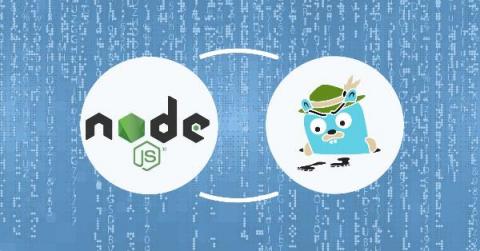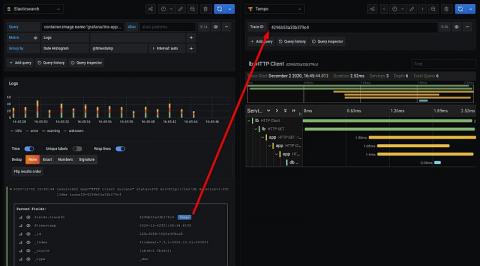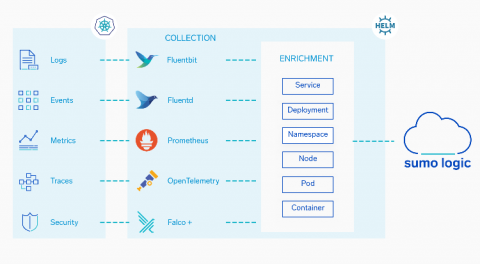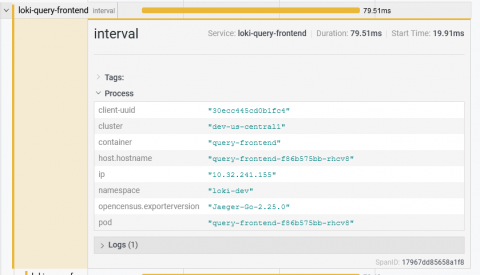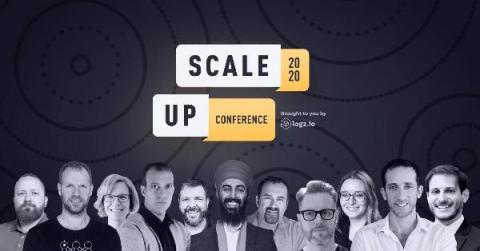Instrumenting Node.js for Tracing in Jaeger
There is more to Distributed Tracing with Jaeger than just capturing machine data as with metrics, or tailing log files. To start, you should read this primer. In this article, I will walk you through the initial principles you’ll need before executing anything within your codebase. This is going to focus on Node.js, as slight differences and concerns exist for browser applications.


